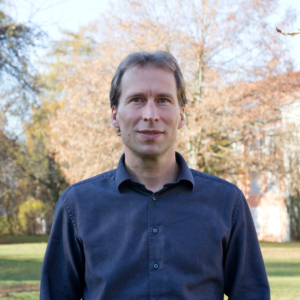Email addresses are of the form “email-ID[at]med.uni-goettingen.de”, and each person’s “email-ID” can be found below the corresponding image.

Dr. Michael Weick
Postdoc
email-ID: michael.weick
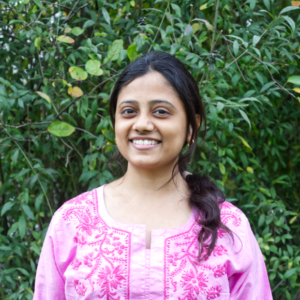
Varsha Ramakrishna
PhD Student
emai-ID: varsha.ramakrishna
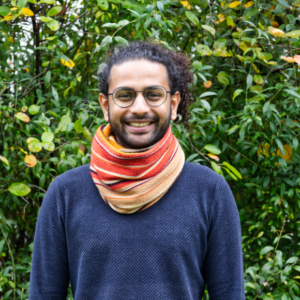
Shashwat Sridhar
PhD Student
emai-ID: shashwat.sridhar
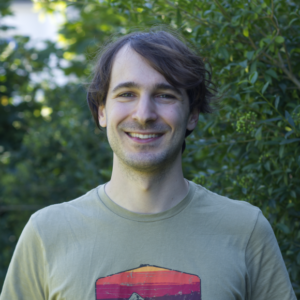
Robert Haret
PhD Student
email-ID: robert.haret
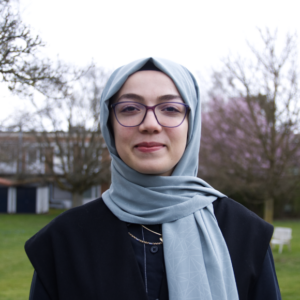
Ahsen Konac
PhD Student
email-ID: ahsen.konac
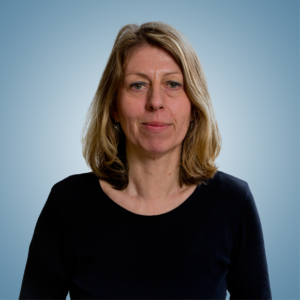
Christiane Westermann
Assistant
email-ID: cwestermann
